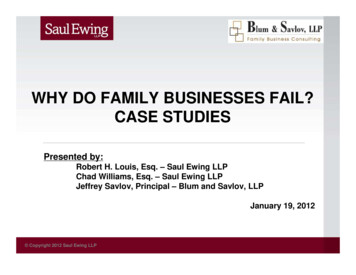
Transcription
WHY DO FAMILY BUSINESSES FAIL?CASE STUDIESPresented by:Robert H. Louis, Esq. – Saul Ewing LLPChad Williams, Esq. – Saul Ewing LLPJeffrey Savlov, Principal – Blum and Savlov, LLPJanuary 19, 2012 Copyright 2012 Saul Ewing LLP
Common Family Business Mistakes “All this will be yours one day!”– Promising business to the next generationwithout long-term planning and developmentof the next generation. Copyright 2012 Saul Ewing LLP
Common Family Business Mistakes “All this will be mine one day!”– Assuming the business will be yours becauseyou are family and work in the businesswithout getting clearer on what is expected ofyou and what plans the senior generation hasin mind. Copyright 2012 Saul Ewing LLP
Common Family Business Mistakes Not discussing (and dealing with) familysecrets– Addictions– Intense family conflict– Inability of a family member to handle theirrole in the business– Favoritism (unrelated to ability)– G1 has no desire to see G2 take over – only tosell Copyright 2012 Saul Ewing LLP
Common Family Business Mistakes Not employing family business-specificgovernance practices– Family council Representative group of family members planning,creating policies, strengthening relationshipbetween family and business– Family assembly/retreat Larger and more inclusive than family council with alargely educational role– Family constitution Written document includes family vision and valuesand policies governing family members’ relationshipto business Copyright 2012 Saul Ewing LLP
Common Family Business Mistakes Having professional advisors unfamiliarwith family business dynamics/issues Having professional advisors who want toprovide only “technical” services and areunfamiliar with resources to help familiesbalance interplay of family dynamics andbusiness. Copyright 2012 Saul Ewing LLP
Common Family Business Mistakes No money to pay senior generation whenthe time comes– All the right things can be done (Developingnext generation properly, giving themresponsibility and control with mentoring)– Senior generation needs to be paid for sharesand cannot retire without it Copyright 2012 Saul Ewing LLP
Common Family Business Mistakes– Next generation has not saved it/cannotfinance it– Senior generation must hope G2 can paysalary for life. Copyright 2012 Saul Ewing LLP
Common Family Business Mistakes No independent Board of Directors (orAdvisory Board) Copyright 2012 Saul Ewing LLP
Common Family Business Mistakes Lack of coordination between professionaladvisors Copyright 2012 Saul Ewing LLP
Common Family Business Mistakes Not respecting and harnessing the vision,energy and creativity of the nextgeneration Copyright 2012 Saul Ewing LLP
Common Family Business Mistakes Assuming the next generation wants to bein the family business Copyright 2012 Saul Ewing LLP
Common Family Business Mistakes Lack of professionalization– Family businesses often start with a singleentrepreneur high energy doing most of the work Very informal environment (few or no policies andprocedures) Family and business lives mixed andindistinguishable Copyright 2012 Saul Ewing LLP
How To Deal With Common FamilyBusiness Mistakes Communication, trust and preparing thenext generation are ESSENTIAL Copyright 2012 Saul Ewing LLP
How To Deal With Common FamilyBusiness Mistakes Williams and Preisser – “Preparing Heirs:Five Steps to a Successful Transition ofWealth and Values” Research on 3,250 families 70% of wealth transitions fail– (includes families with operating businessesand liquid wealth without operating business) Copyright 2012 Saul Ewing LLP
How To Deal With Common FamilyBusiness Mistakes They looked at the FAILURES: 85% caused by:– 60% - breakdown of communication and trust– 25% - failure to prepare next generation Interesting – Less than 3% were due toerrors by professional advisors Copyright 2012 Saul Ewing LLP
How To Deal With Common FamilyBusiness Mistakes Take a long-term view with PLENTY ofopen communication Articulate expectations/desires of currentand next generation members Copyright 2012 Saul Ewing LLP
Case Example Third Generation Successful familybusiness– Grew to 3 locations along east coast– G2 (60’s) & G3 (38) both involved (G1deceased)– G2 (married couple) income of 500K/yr– G3 (38 year-old son) income of 300K/yr– G2 ready to retire and hand over reins Copyright 2012 Saul Ewing LLP
Case Example Parents have not saved a single dime(have only their home) Son has serious addiction to pain killersand uses company credit card forexpensive dinners, fine wine, 5k/month Purchased and gave outright to daughter acompany in the same industry for her torun (bankrupt within 1 year) Copyright 2012 Saul Ewing LLP
Case Example Never professionalized the company.– No: Regular staff meetingsPerformance evaluations or development plansCompensation policy for family membersStrategic planRegular involvement of professional advisorsWell-defined roles and responsibilitiesShareholder agreements No formal meetings to manage interplay offamily and business (and deal withinevitable conflicts). Copyright 2012 Saul Ewing LLP
Case ExampleCase Study #1 Successful, 3rd generation business Company has a lucrativefranchise/exclusive distribution contract G2 retires, with a fixed income for life andcontinues to hold a majority of the stock;G3 takes over operational control, butholds minority interest in the stock Copyright 2012 Saul Ewing LLP
Case ExampleCase Study #1 (continued) Company continues to producesignificant cash flow, but G3 spendslavishly on things that have a dubiousconnection to the business (private jetcontract; real estate; extravagantentertainment expenses) Copyright 2012 Saul Ewing LLP
Case ExampleCase Study #1 (continued) G2 learns of the lavish spending andbelieves that G3 is siphoning money outof the Company, to G2’s detriment G2 comes back, exercises corporatecontrol and ousts G3, leading to ahighly-public and acrimonious legalbattle Copyright 2012 Saul Ewing LLP
Case ExampleCase Study #2 Father (F) invents and patentsmanufacturing machine and process F’s sons (S1 and S2) build companyaround Machines sell for several million dollarsa piece, and company derives revenuefrom sales and service of existingmachines; annual revenues of tens ofmillions of dollars Copyright 2012 Saul Ewing LLP
Case ExampleCase Study #2 (continued) S1 has majority control of stock andruns day to day operations; S2 isinvolved in the business, but ownsminority of the stock S1 has a strong leadership style andnever fully involves S2 in themanagement of the business Copyright 2012 Saul Ewing LLP
Case ExampleCase Study #2 (continued) S1’s son (G2) and other relatives areinvolved in the business; S2 does nothave children S1 and S2 do not have a shareholders’agreement or other formal successionplan, but it is S1’s vision that theCompany will remain a family-ownedand operated business for manygenerations Copyright 2012 Saul Ewing LLP
Case ExampleCase Study #2 (continued) S2 dies, and leaves his stock to morethan 100 individuals, who wereemployees of the Company S1 and G2 devise a corporatetransaction to cash-out the non-familystockholders, but the non-familystockholders Copyright 2012 Saul Ewing LLP
Case ExampleCase Study #2 (continued) The case is pending when S1 dies,never knowing how the matter will beresolved Court ultimately holds that S1 and G2breached their duties by failing toappropriately value the minority stock,resulting in a million dollar judgment,and requiring S1 and G2 to pay theminority stockholders’ attorneys fees inlitigating the case Copyright 2012 Saul Ewing LLP
Pennsylvania CLE CreditPlease submit your PA Bar I.D. number to ChrisLautenbacher at clautenbacher@saul.com toreceive one (1) Pennsylvania CLE credit foryour participation. Our logs must show that youlogged in and stayed logged in for the duration ofthe presentation. Copyright 2012 Saul Ewing LLP
New York and New JerseyCLE CreditPennsylvania credit is recognized and acceptedby New York and New Jersey. If you would liketo receive credit, email Chris Lautenbacher atclautenbacher@saul.com to receive a Certificateof Attendance verifying your participation intoday’s webinar. Copyright 2012 Saul Ewing LLP
Presentation Materials Print: Right click anywhere on presentation and select “printto PDF.” Download: Click on “Handout” button at top right (three piecesof paper together). Click on name of presentation andproceed to download. Copyright 2012 Saul Ewing LLP
DISCLAIMERThe content of this webinar and the presentation materialshave been prepared by Saul Ewing for information purposesonly. The provision and receipt of the information in thiswebinar and the presentation materials should not beconsidered legal advice, does not create a lawyer-clientrelationship, and should not be acted on without seekingprofessional counsel who have been informed of the specificfacts. Should you wish to contact a presenter to obtain moreinformation regarding your company's particularcircumstances, it may be necessary to enter into anattorney/client relationship. Copyright 2012 Saul Ewing LLP
CONTACT INFORMATIONRobert H. Louis, Esq.Saul Ewing LLPCentre Square West15th & Market Streets, 38th FloorPhiladelphia, PA 19102Phone: 215.972.7155Fax: 215.972.1826Email: rlouis@saul.comChad Williams, Esq.Saul Ewing LLP222 Delaware AvenueP.O. Box 1266Wilmington, DE 19899Phone: 302.421.6899Fax: 302.421.5884Email: cwilliams@saul.comJeffrey Savlov, PrincipalBlum & Savlov, LLP47 Raritan Avenue, Suite130Highland Park, NJ 08904Phone: 732.296.8047Fax: 732.284.4257Email: jsavlov@blumandsavlov.com Copyright 2012 Saul Ewing LLP
Case Study #2 (continued) S1’s son (G2) and other relatives are involved in the business; S2 does not have children S1 and S2 do not have a shareholders’ agreement or other formal succession plan, but it is S1’s vision that the Company will remain a family-owned and operated business
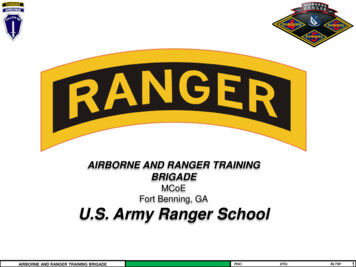
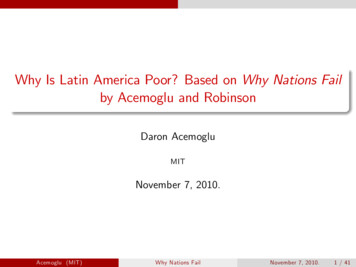



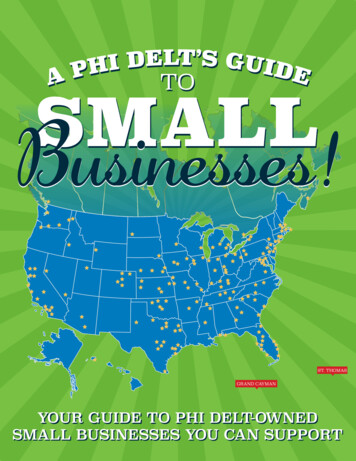
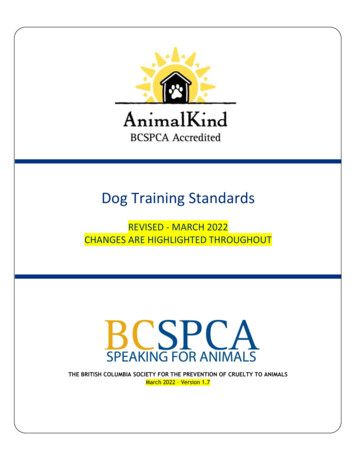
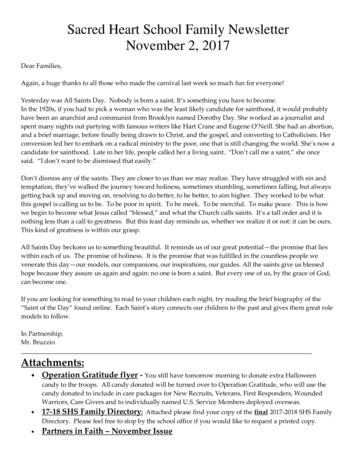
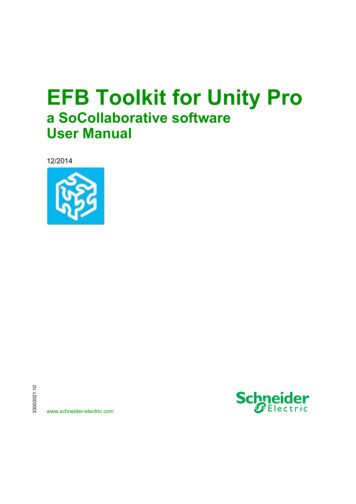
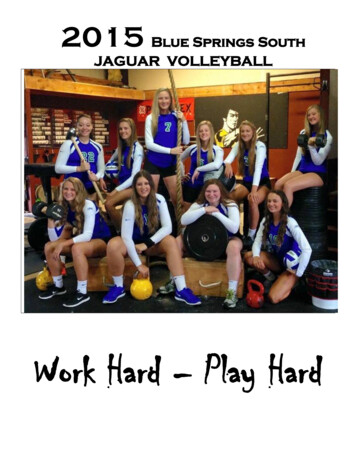
![[Page 1 – front cover] [Show cover CLEAN GET- AWAY 978-1 .](/img/13/9781984892973-6648.jpg)